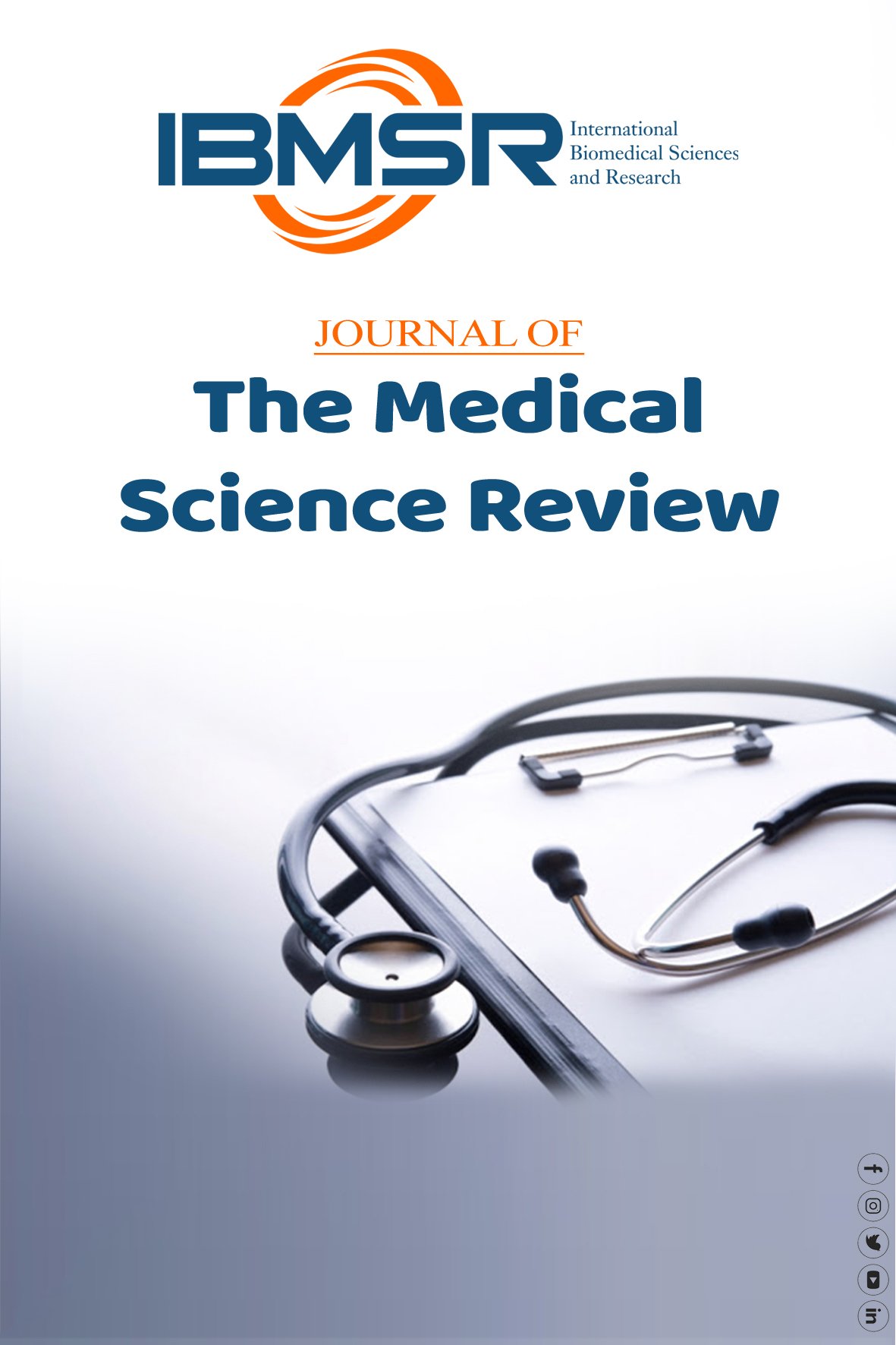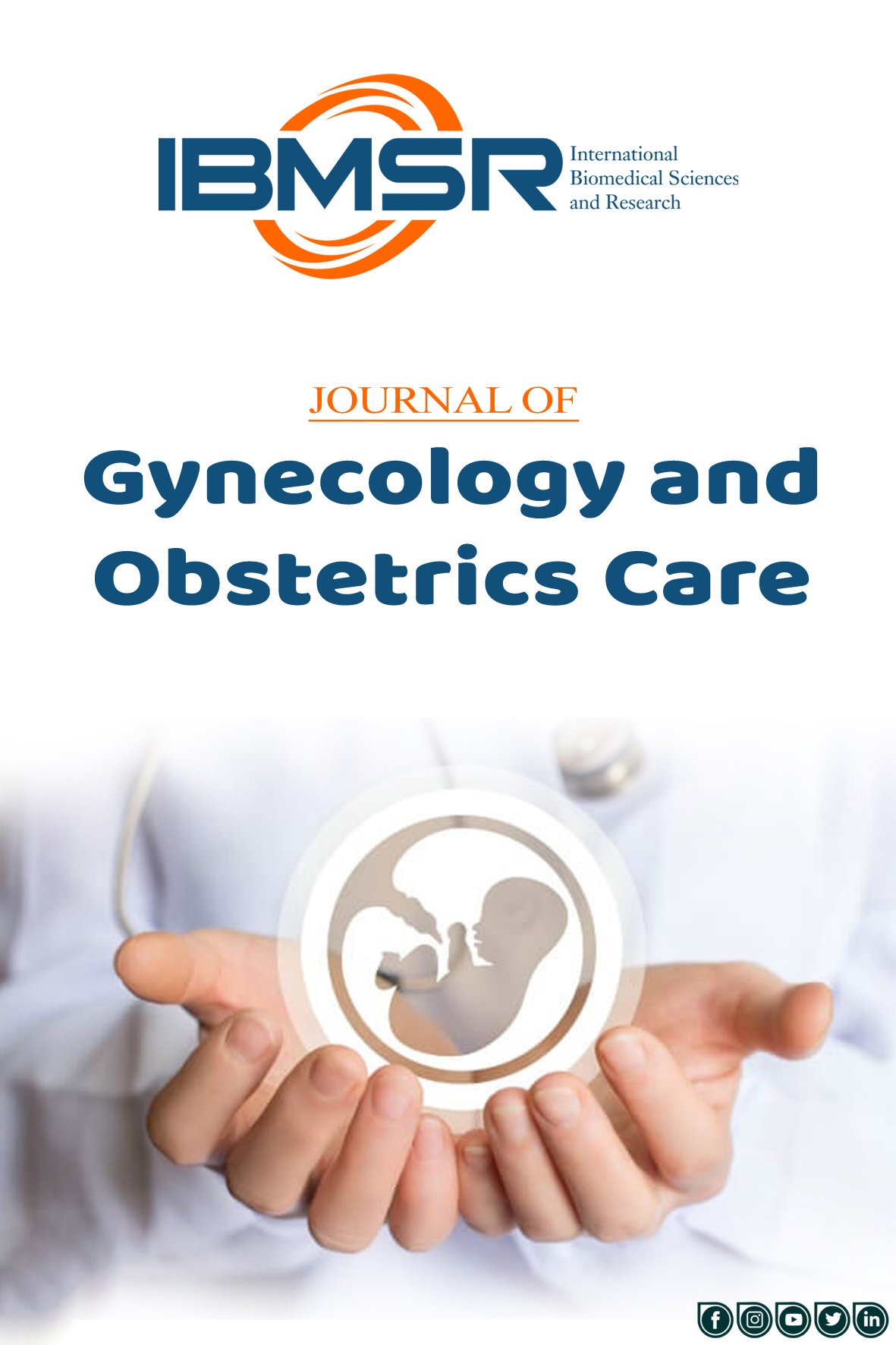Your Complete Guide to Publishing with IBMSR Journals
Ready to share your research with the world? We've made submitting to IBMSR Journals straightforward and hassle-free. Follow this comprehensive guide to ensure your manuscript sails through the review process smoothly.
Getting Started: What You Need to Know
Before diving into your submission, here's what we're looking for: every article should include a compelling abstract or summary of approximately 300 words that sits alongside your main content. Think of this summary as your research's elevator pitch – it should clearly explain why you conducted the study, how you approached it, and what exciting discoveries you made.
What Types of Articles Do We Welcome?
IBMSR Journals embraces a diverse range of scholarly contributions. Whether you're submitting research articles, comprehensive review pieces, conference abstracts, book reviews, short communications, letters to the editor, conference proceedings, fascinating case reports, clinical images, corrections, thought-provoking discussions, product reviews, innovative hypotheses, or detailed analyses – we want to hear from you.
Crafting Your Research Article: A Step-by-Step Approach
Your Cover Letter: Making a Great First Impression
Every submission needs a well-crafted cover letter that serves as your introduction. Tell us what type of article you're submitting and confirm that your work is original – meaning it hasn't been published elsewhere or is currently under review by another journal. Include a brief statement highlighting your article's main contribution to the field. If you'd like, you can suggest up to five potential reviewers by providing their names, affiliations, and email addresses.
Creating an Impactful Title
Your title is the first thing readers see, so make it count! Keep it concise – no more than 15 words – while ensuring it accurately describes your research. Use Times New Roman Bold font in Title Case, and don't forget to clearly mark the corresponding author among your co-authors.
Writing Your Abstract: Your Research in a Nutshell
Your abstract should serve as a standalone summary that captures your study's essence. Clearly state your main objectives, briefly outline your methodology, and highlight your most significant findings and their importance. Remember to keep it under 300 words and avoid including citations – let your work speak for itself.
Selecting Keywords That Matter
Choose 7-10 keywords that best represent your study's core concepts. These terms help other researchers discover your work, so think about what words they might use when searching for research like yours.
Handling Abbreviations Like a Pro
When you first mention an abbreviation, spell it out completely and include the shortened version in parentheses. If your research involves numerous abbreviations, create a helpful list right after your keywords section.
Setting the Stage: Your Introduction
Your introduction should paint a clear picture of why your research matters. Provide sufficient background information to help readers understand the context, explain your study's purpose, and demonstrate its significance to the field. Support your statements with appropriate citations to build credibility.
Methodology: The Recipe for Your Research
This section is crucial – it's where you share the blueprint of your study. Provide detailed descriptions of any new approaches you've developed, and cite established protocols you've used. Include enough detail so other researchers can replicate your work successfully. If you're using less common methods, consider providing step-by-step protocols.
Results and Discussion: Where Your Findings Shine
This is often the heart of your article, and you can organize it into subsections if needed. Present your experimental results clearly, interpret what they mean, and draw meaningful conclusions. This section tells the story of what you discovered and why it matters.
Wrapping Up: Your Conclusion
Your conclusion should tie everything together beautifully. Explain how your results relate to the theoretical framework you established earlier and provide a clear, concise explanation of what your findings mean for the field.
Visual Elements That Enhance Your Story
Figures and Their Legends
Submit your figures in high-resolution TIFF or JPEG formats only. If you've created layered images in Photoshop, please send us the original files. Number your figures using Arabic numerals (Figure 1, Figure 2, etc.) and use uppercase letters for different parts within parentheses. Create your figure legends on a separate document, numbered in order, and avoid repeating information that's already in your main text.
Tables That Tell a Story
We prefer tables submitted in .doc format. Place each table on its own page, number them consecutively with Arabic numerals, and include descriptive legends. Your tables should be self-explanatory – readers shouldn't need to reference your main text to understand them. Feel free to copy and paste from Excel, but please don't embed Excel files as objects.
Important Note: If you initially submit a PDF, we'll ask you to convert it to a .doc format to streamline our review process.
Mathematical Expressions
For any equations or formulae, please use MathType to ensure they display correctly.
Supplementary Materials
If you have additional figures or summary diagrams, include them as supplementary information in a single PDF file when possible. Just make sure your file size stays within our permitted limits.
Giving Credit Where It's Due
Acknowledgments
Don't forget to acknowledge those who supported your work! Include funding details, grant numbers, and thank anyone who contributed to your research journey.
Conflicts of Interest
Transparency builds trust – please disclose any potential conflicts of interest.
Specialized Article Types: Finding Your Perfect Fit
Review Articles: Synthesizing Knowledge
Review articles offer a fantastic opportunity to analyze and synthesize existing research within our journal's scope. Include a 300-word abstract with relevant keywords, provide an analytical discussion supported by tables, graphs, and illustrations, and conclude with a comprehensive summary. Remember to cite all statements and observations properly.
Case Studies: Sharing Valuable Insights
Case studies allow you to contribute valuable, field-specific information. Structure your submission with clear sections: Cases and Methods, Discussion (analyzing your case), and Conclusion (summarizing the overall findings). Keep it focused and ensure you're adding genuine value to the field.
Editorials: Expert Commentary
Editorials provide expert commentary on current research within our journal's scope, typically written by our editors.
Clinical Images: A Picture Worth a Thousand Words
Clinical images offer visual insights into specific topics. Limit yourself to no more than 5 figures with brief descriptions. You generally won't need citations (though we allow up to three if absolutely necessary), and you don't need separate figure legends – include all descriptions with your images.
Book Reviews: Evaluating Scholarly Works
Start your book review with a brief introduction to the author, including their credentials and institutional affiliation. Describe the author's approach and argument logic, and compare the work with similar books in the field.
Short Communications: Concise and Focused
These articles are perfect for brief reports, limited to 3,000 words without subdivided headings. Include an abstract (up to 100 words), your main content, and references.
Letters to the Editor: Joining the Conversation
Use letters to comment on previously published articles or share brief case reports or research findings. There's no strict format – just keep it concise and relevant.
Mastering Our Reference Style
We use the Vancouver referencing style, and we'd love to see at least one online link in your references (PubMed links are ideal). Proper formatting is essential, so please follow these guidelines carefully:
Reference Formats Made Simple
Journal Articles: Author(s) Last name. Article title. Journal Name (Journal Short Name as in PubMed) Published year; Volume number: Page numbers.
Books: Name of the author: Title of the book. Name of the chapter. Volume no. Edition. Edited by XXXX. Name of the city: Place; Year: Page numbers.
Examples to Guide You:
Book Chapters: Schnepf E: From prey via endosymbiont to plastids: comparative studies in dinoflagellates. In Origins of Plastids. Volume 2. 2nd edition. Edited by Lewin RA. New York: Chapman and Hall; 1993:53-76.
Complete Books: Margulis L: Origin of Eukaryotic Cells. New Haven: Yale University Press; 1970.
Conference Proceedings: Smith Y (Ed): Proceedings of the First National Conference on Porous Sieves: 27-30 June 1996; Baltimore. Stoneham: Butterworth-Heinemann; 1996.
Thesis: Kohavi R: Wrappers for performance enhancement and oblivious decision graphs. PhD thesis. Stanford University, Computer Science Department; 1995.
Standard Journal Format: Ponder B, Johnston S, Chodosh L. Innovative oncology. In Breast Cancer Res 1998, 10:1-72.
In Press Articles: Name of the authors: Title. Journal short name, in press.
Understanding Publication Costs
Publishing excellence requires investment in quality processes including editorial assessment, decision-making, proofreading, peer review, and high-quality PDF and HTML production, plus indexing services. Article Publication Charges vary by journal, so please check your specific journal's page for current APC information.
Protecting Your Intellectual Property
Copyright protection is fundamental to safeguarding your research content and results. IBMSR Journals is deeply committed to protecting and defending authors' work and reputation. We take allegations of infringement, plagiarism, ethical disputes, and fraud very seriously. If you become aware of potential plagiarism, fraud, or infringement, we encourage you to contact us immediately so we can address the situation promptly.
Ready to submit your groundbreaking research? Following these guidelines will help ensure your manuscript receives the attention it deserves and moves smoothly through our review process. We're excited to help share your discoveries with the global research community!
List of Open Access Journals View More
Journal of Advanced Biological Research
Journal of Advanced Biological Research is an Open Access journal committed to publishing original articles, discoveries, and ongoing developments in biological sciences. It provides a reliable platform for sharing research across molecular biology, biotechnology, genetics, and life sciences, reaching scientists, researchers, and academics globally....View More
Journal of Medical Science Review
Journal of Medical Science Updates is an Open Access journal focused on publishing original research, discoveries, and ongoing advancements across all areas of medical science. It offers a reliable source of up-to-date information for researchers, clinicians, and healthcare professionals, promoting knowledge sharing and evidence-based practice worldwide....View More
Pharmaqube journal
Journal of Pharmaqube is an Open Access journal that publishes original research, case studies, and advancements in pharmaceutical sciences and public health. It provides a reliable platform for sharing innovative therapies, drug development, and health interventions aimed at improving community health and clinical practice globally....View More
Journal of Gynecology and Obstetric Care
Journal of Gynecology and Obstetric Care is an Open Access journal and aims to publish most complete and reliable source of information on the discoveries and current developments on reproductive health, prenatal care, diagnosis, screening, testing, maternal-fetal medicine, reproductive medicine in obstetrics and gynecology in the mode of original articles...View More




